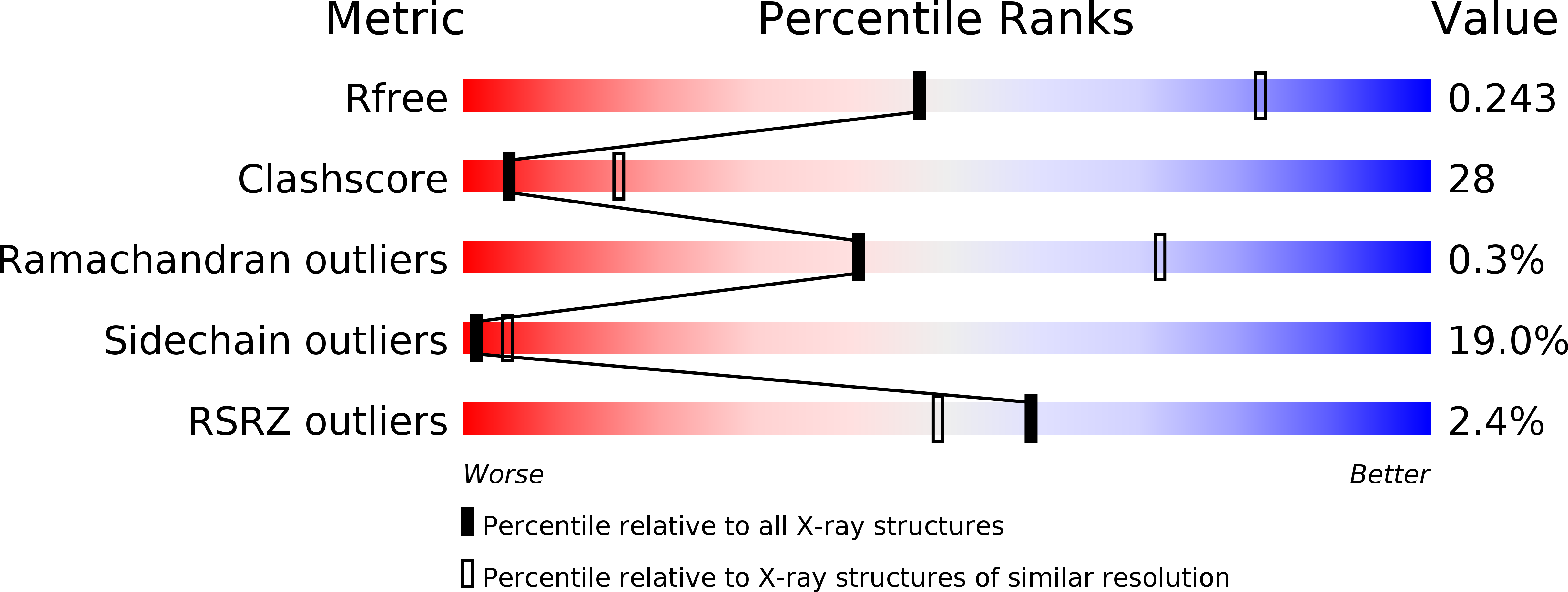
Deposition Date
2008-03-18
Release Date
2008-07-29
Last Version Date
2024-02-21
Entry Detail
PDB ID:
3CLC
Keywords:
Title:
Crystal Structure of the Restriction-Modification Controller Protein C.Esp1396I Tetramer in Complex with its Natural 35 Base-Pair Operator
Biological Source:
Source Organism:
Enterobacter sp. (Taxon ID: )
Host Organism:
Method Details:
Experimental Method:
Resolution:
2.80 Å
R-Value Free:
0.23
R-Value Work:
0.20
R-Value Observed:
0.20
Space Group:
P 65


